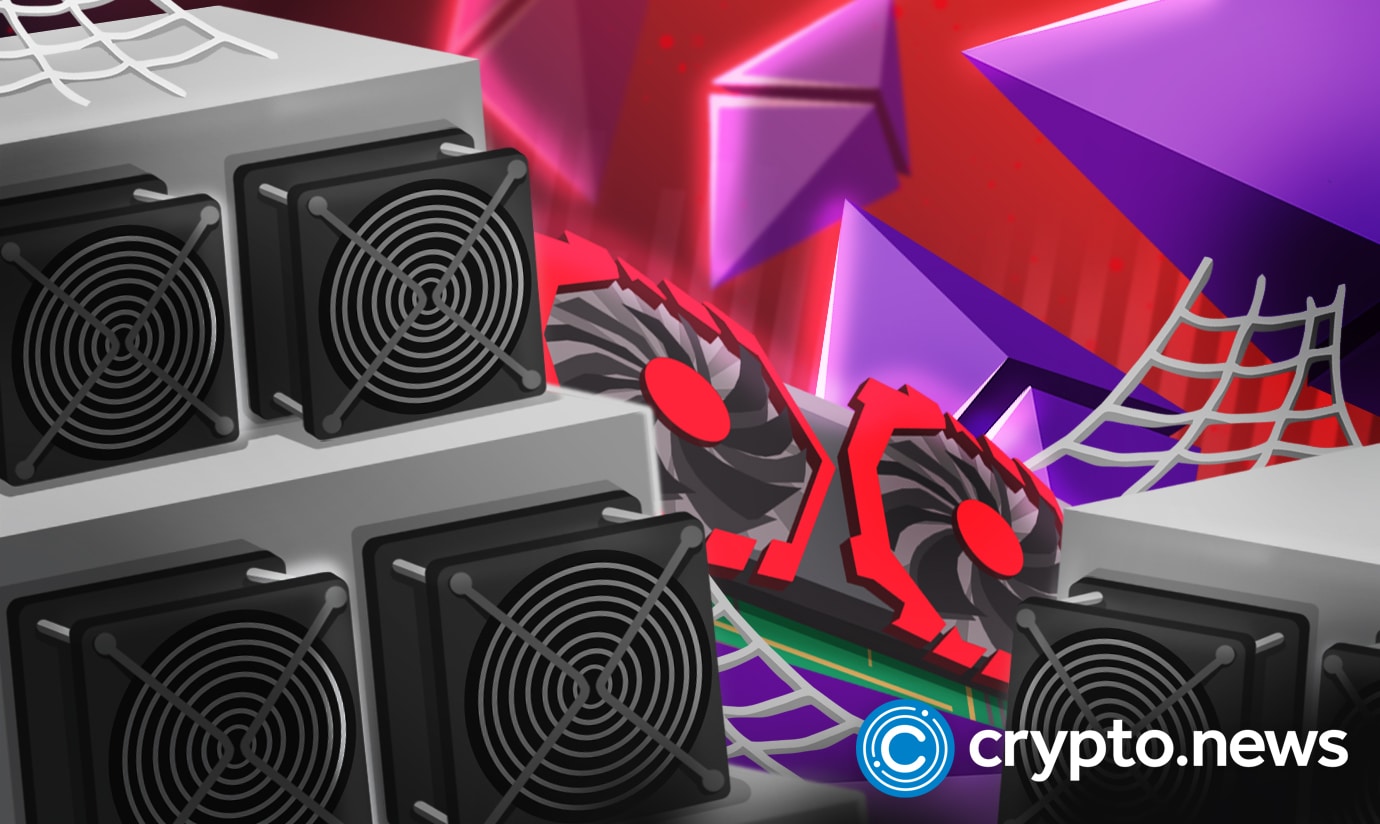2020-12-23 23:24 |
Last week, bitcoin finally surpassed its all-time price high, exceeding $23,000 for the first time, seeing year-to-date gains of over 180 percent.
This was largely attributed to growing institutional interest, with established names such as Square, Galaxy Digital and Grayscale Investments all helping to push bitcoin’s scarcity to new heights. Meanwhile, renowned market index providers have made promising announcements, with S&P Dow Jones Indices announcing the launch of crypto indices in the coming year, signalling greater interest within the world of traditional finance. When bolstered by prominent consumer-facing players such as PayPal catalyzing renewed interest in cryptocurrencies, this recognition — in the form of financial legitimacy as well as commercial promise — is extremely valuable in charting the path to bitcoin’s long-term future.
But if we pull back the curtain — looking behind the scenes into the very mechanics that have anchored Bitcoin over the years — success has rested on an ever-growing ecosystem of miners and their trusty hardware. Over the years, Bitcoin mining has fast cemented its position as a lucrative industry, with the global mining industry generating $5.4 billion in revenue in 2019 alone. In a space where success is determined by the delicate balance of cost, performance and efficiency, mining hardware firms have certainly felt the effects of the “innovation crunch” as they look to develop infrastructures that can deliver on the computing needs of the future.
Rewinding back to 2009, where the first peak of innovation took place, let’s take a look at what’s changed and where the industry is headed as the year draws to a close.
In Favor Of SpecificityWhen Satoshi Nakamoto mined Bitcoin’s genesis block in 2009, mining was arguably a more accessible task. Far from the computationally-intensive image that Bitcoin is associated with today, the earliest days of mining merely required the use of a computer’s central processing unit (CPU).
This changed in October 2010, when 1 bitcoin was unbelievably valued at $0.10 and the very first mining hardware made with graphics processing units (GPUs) was developed. GPU devices are distinguished for their comparative specificity — often associated with the gaming industry, GPUs are optimized to compute single mathematical operations in parallel, leading to an efficiency uptick of six times compared to CPUs.
However, in spite of their speed, GPUs were later overshadowed by field programmable gate arrays (FPGAs). Though far more labor intensive to develop due to their specificity on a software and hardware level, requiring the ability to run custom code, this specificity is what led to the success in the application of FGPAs for bitcoin mining.
In 2013, innovation struck once more with the invention of the world’s first application-specific-integrated-circuit- (ASIC) based miner. After years of research and development, the industry now had its first form of specialized hardware, especially developed for the sole purpose of bitcoin mining. No longer limited to general purpose software and infrastructure, these ASIC-based miners offered unparalleled gains in terms of power and efficiency.
Meanwhile, with competition intensifying to grab a significant share of the network, profit-sharing schemes came into being. Individuals rallied together to form mining pools, sharing the costs and resources to operate miners but also reaping block rewards as a collective team. On the other hand, larger players began to enter the Bitcoin mining space as full-fledged mining farms, catalyzing additional considerations such as access to capital, location and regulation for today’s generation of miners.
Years on, in a space dominated by several players, mining hardware firms are now competing in terms of chip size and, therefore, efficiency. As chips decrease in size, mining rigs are able to process climbing hash rates in line with the Bitcoin network’s growth without compromising on cost- and power-efficiency.
The Age Of ASICsAmid the bear market of 2019 and the earlier pandemic-prompted struggles of the year, past instances have shown the mining sector’s capacity for resilience amid turbulent times — and this cannot be overstated.
Since 2013, however, developments in mining technology continue to be based on ASIC hardware alone. Miners may soon choose to compete on other terms beyond that of hardware, be it in terms of energy efficiency and sustainability or geographical dominance. Smaller chip sizes certainly represent significant technological milestones in the grand scheme of things, but in terms of competitive advantages, is this enough?
For one, amid bitcoin’s steady price rally, mining profitability has grown in the recent months. Miners still have the incentives to continue to invest in ASIC-based mining hardware at a profit — whether it be new models or even older variants on the secondhand market that can be reused and repurposed. This past November alone, miners saw daily revenues returning to pre-halving levels, seeing highs of $21.7 million in a single day.
Simultaneously, while there are other mining machines on the market that cater to specific altcoins, ASIC-based miners continue to dominate. With projected optimism for bitcoin continuing into the new year, the mining sector’s future is secure. Reflective of the credibility of proof of work (PoW) as the most tried and tested consensus model in the past decade, ASIC mining machines remain best positioned to deliver on this ever-increasing demand for computing power.
A Quantum QuandaryYet, throughout the peaks and troughs of innovation, something wholly new — as we learned with ASICs — is often required to jumpstart further progress. Beyond chips, bitcoin mining players are keeping watch of emerging fields in supercomputing. These technologies have the potential to challenge existing hardware in terms of speed, but also in terms of security — posing a threat to the cryptography that underpins bitcoin and the majority of crypto assets today.
In the case of Bitcoin, the security of asymmetric cryptography is intrinsic to its overall security functions as much as being one of its core value propositions. However, as early as 1994, the publication of Shor’s quantum algorithm posed an existential threat to any systems leveraging asymmetric encryption due to its ability to break the latter’s security assumptions. With a quantum computer, Shor’s algorithm could be used to extract a private key from the corresponding public key, thereby falsifying a digital signature and threatening the integrity of a system.
In fact, research from Deloitte found that 25 percent of all bitcoin in circulation are potentially vulnerable to a quantum algorithm attack — provided that quantum computers can meet the Bitcoin network’s current transaction throughput of approximately 10 minutes. Thankfully, today’s ASICs currently maintain a 10-year speed advantage over quantum computers. That being said, should quantum computing play a part in writing the next phase of crypto mining, benefits are likely to emerge in the case of a long-term reduction in operational costs.
As the bitcoin mining sector contemplates its future, threats are undoubtedly on the horizon: from the growing appeal of less computationally-intensive consensus models such as proof of stake (PoS) to sophisticated cases of crypto jacking, where one’s computing power is illicitly obtained for the purposes of mining cryptocurrencies, which are fast seeing favor compared to traditional ransomware schemes. Though risks abound, the past years have shown that a stringent commitment to research and development across the board has enabled the technology to mature, ushering in a fresh wave of institutional and commercial interest — and this growing demand is set to catalyze a new phase of growth in bitcoin mining.
If there’s anything we know for sure: it’s far from the end of the road.
This is a guest post by Nangeng Zhang. Opinions expressed are entirely their own and do not necessarily reflect those of BTC Inc or Bitcoin Magazine.
The post Beyond Supply And Demand: Charting The Bitcoin Mining Industry’s Journey appeared first on Bitcoin Magazine.
origin »Bitcoin (BTC) на Currencies.ru
|
|























